Overview
Map
Other Details
كنيسة السيّدة
Ain Ibl
Bent Jbeil
Nabatieh
كنيسة السيّدة - عين إبلبدأ بناء الكنيسة سنة ١٨٦٦ بمسعى من الخوري إبراهيم خريش، اذ لاحظ المطران بطرس البستانيّ أن الكنيسة القديمة أصبحت ضيّقة وكانت الرعيّة تتمّم واجباتها الدينيّة في بيت الكاهن. فبدأ مشروع بناء الكنيسة الكبيرة. في الكنيسة ثلاث لوحات واحدة منها نسخة عن لوحة السيّدة والطفل لرافاييل، مار مارون ومار يوسف للفنّان مارون ضو. في باحة الكنيسة نصب لشهداء البلدة الذين رقدوا بالربّ سنة ١٩٢٠. ومنحوتة مصلوب على شجرة طبيعيّة.The church of the Our Lady- Ain IblThe church was built in 1866 with Fr Ibrahim Khoreish. Back then Bishop Boutros el Boustany noticed that the old church is too small for the congregation that was celebrating mass in the priest’s house. The church holds a replica of Rafael’s Madonna, St Maroun and St Joseph by Maroun Daou. In the church’s backyard stands the memorial of the martyrs of the town who were martyred in 1920 and the crucified put on a natural tree.
Visited 5104 times, 2 Visits today


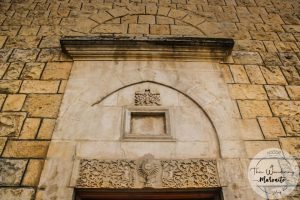
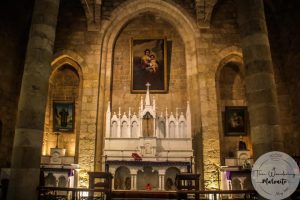
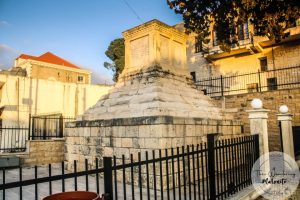
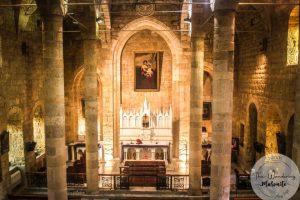
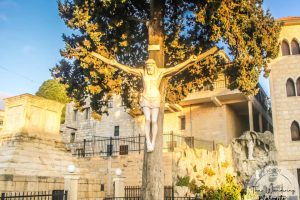
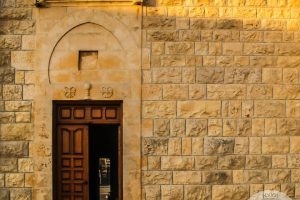
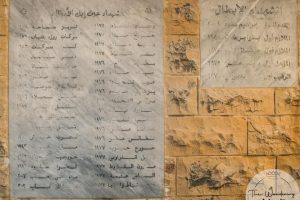







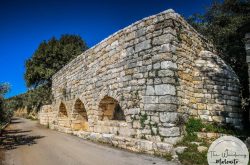

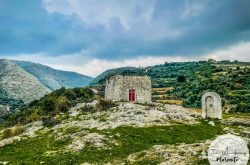
Reviews are disabled, but trackbacks and pingbacks are open.